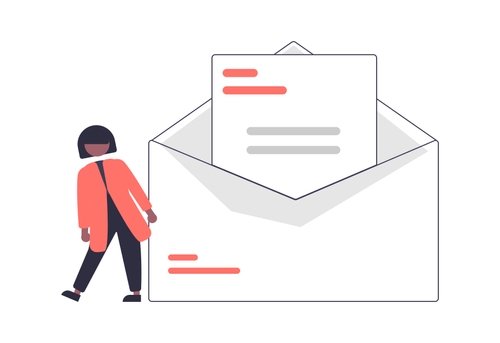
16 Best VC Newsletters to Have in Your Inbox
There is a lot of noise in venture, and it can be hard to find signal. Here are the best VC newsletters that should be in your inbox.
The average freemium product has a 2-5% free-to-paid conversion. We currently convert over 12% of our members from free-to-paid which has allowed us to scale our MRR over the past four months.
This guide is meant to share some things that have worked for us so that you can apply them to your own funnels.

High-level on how our business grows:
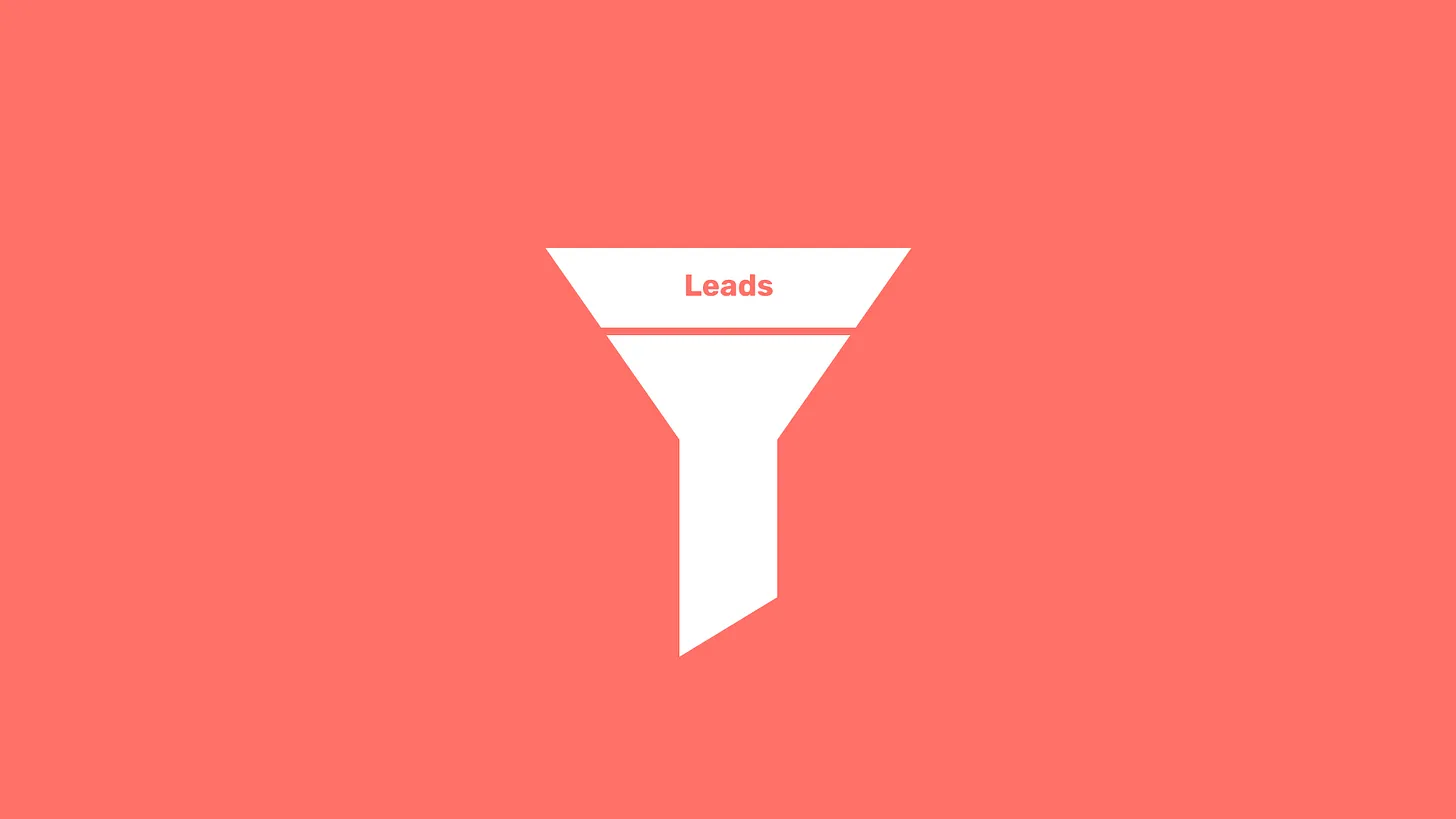
High-level takeaways:
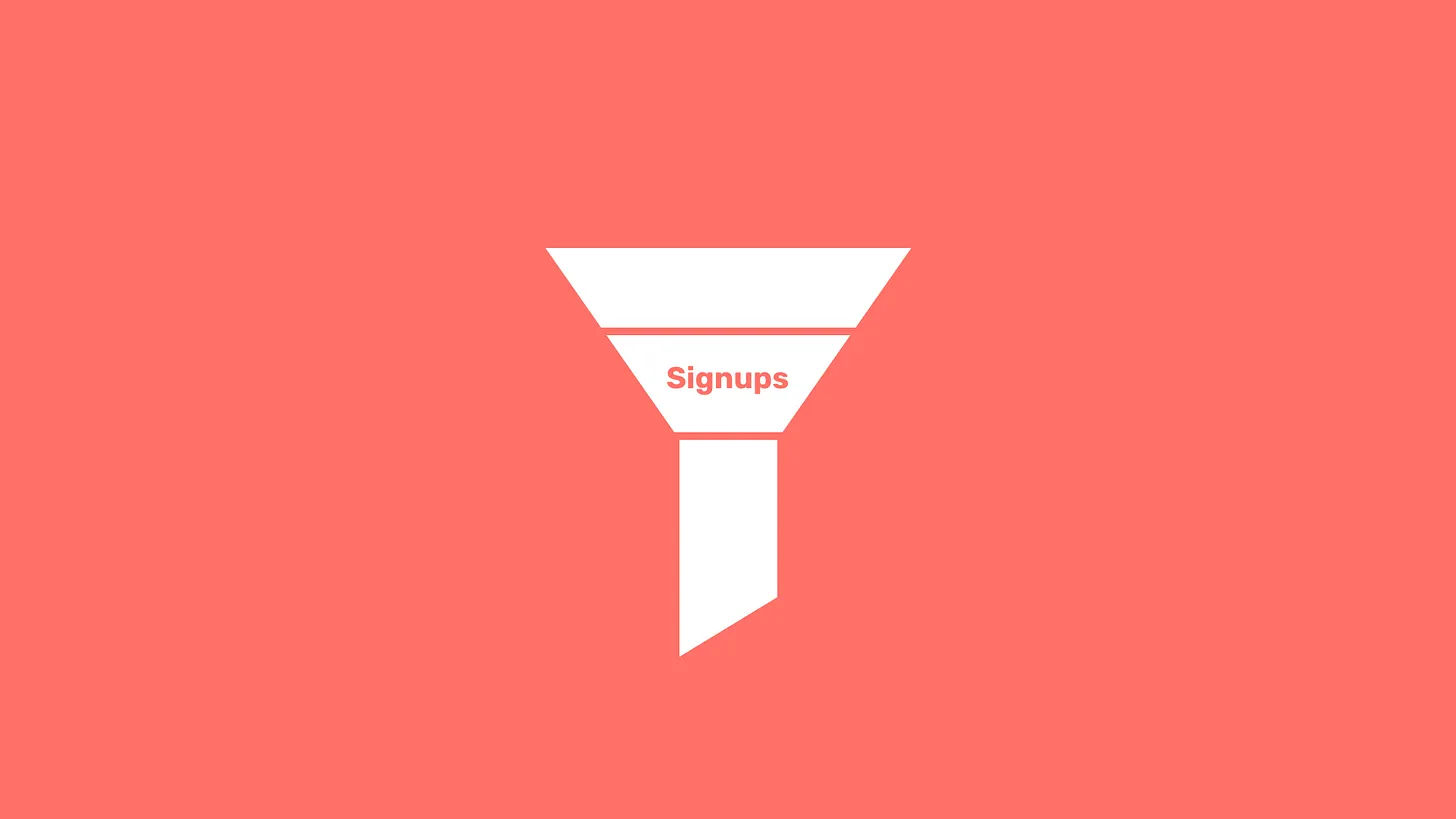
High-level takeaways:

High-level takeaways:
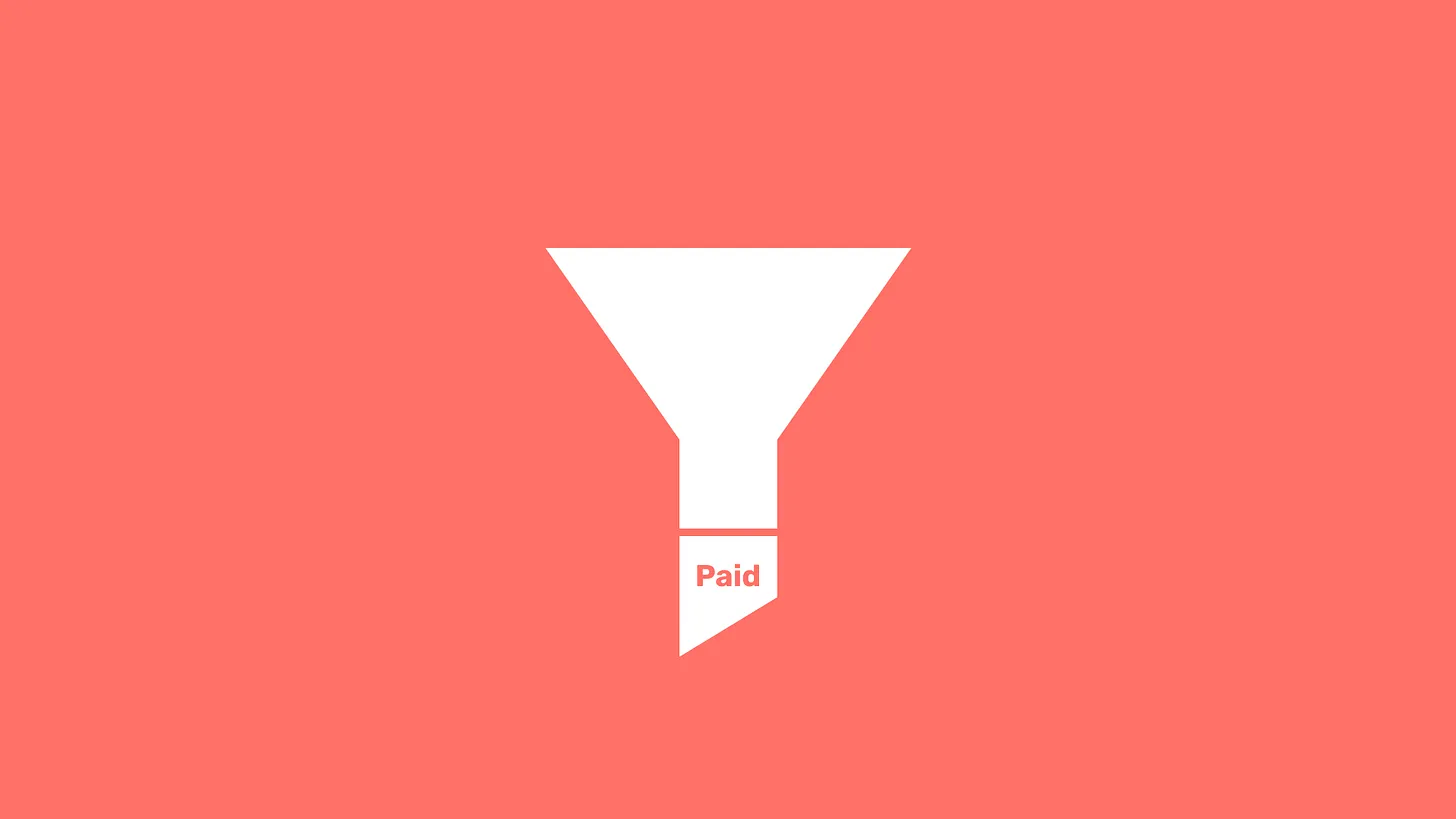
High-level takeaways:

There is a lot of noise in venture, and it can be hard to find signal. Here are the best VC newsletters that should be in your inbox.

5 Ways for Community Improvement by Making Members Feel Like Owners
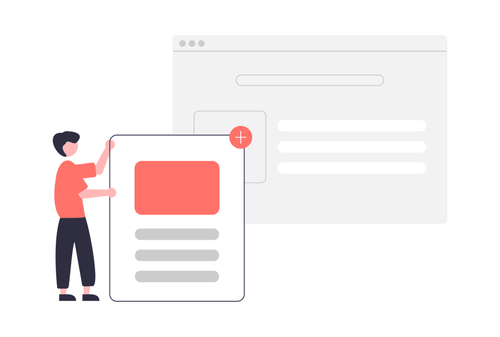
We’ve put out >250 pieces of content over the past two years. Our first piece of content was terrible, and it’s slowly gotten better